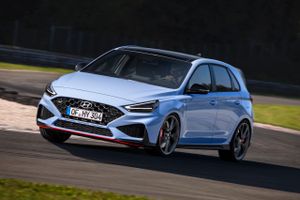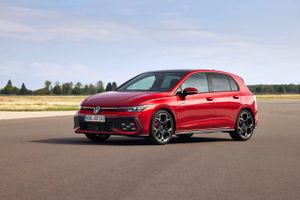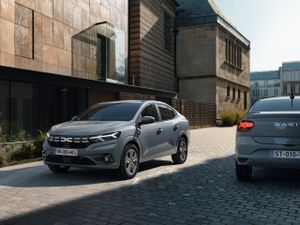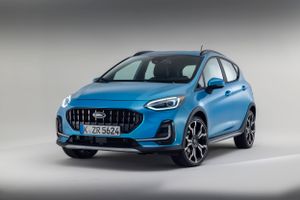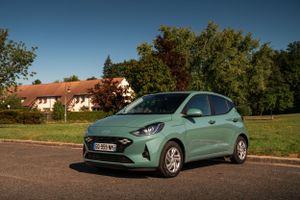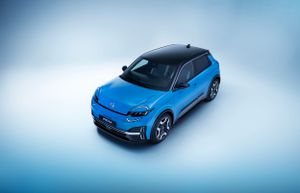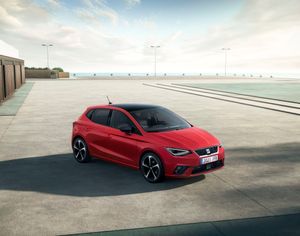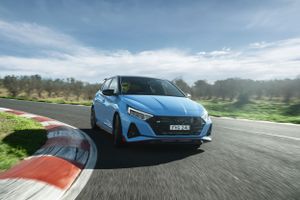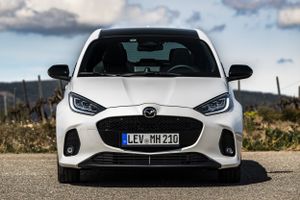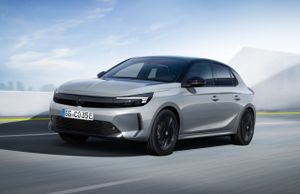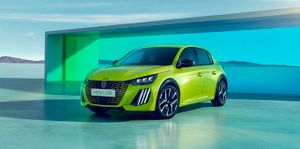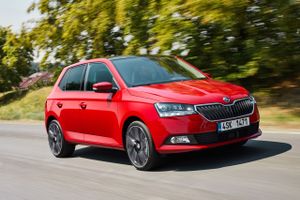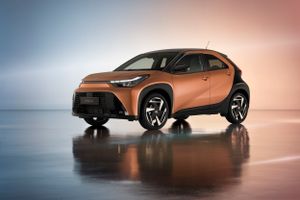Comparison of Hyundai i20 N and Hyundai i20
Comparison of Hyundai i20 N and Hyundai i20

Hyundai i20 N
Price not determined
No one is selling yet
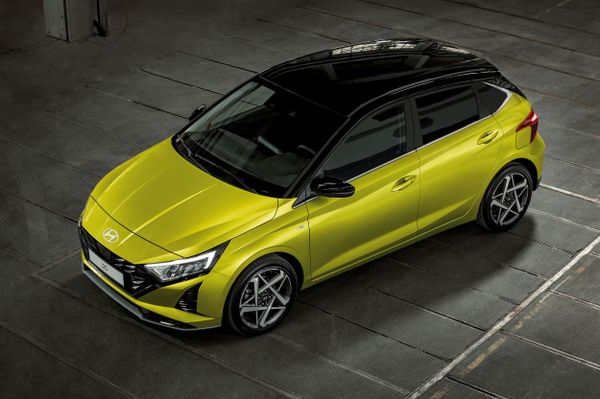
Hyundai i20
Price not determined
No one is selling yet
Characteristics
Hyundai i20 N and Hyundai i20
Transmission
Manual
Robotic
Number of gears
6
6
Type of drive
FWD
FWD
Top speed
230 km/h
185 km/h
Acceleration to 100
6.2 sec
11.4 sec
Fuel tank capacity
40 l
40 l
Curb weight
1 190 kg
1 130 kg
Max weight
1 650 kg
1 630 kg
Length
4 075 mm
4 065 mm
Width
1 775 mm
1 775 mm
Height
1 440 mm
1 450 mm
Wheelbase
2 580 mm
2 580 mm
Front track width
1 544 mm
1 545 mm
Rear track width
1 541 mm
1 549 mm
Trunk volume min
352 l
352 l
Trunk volume max
1 165 l
1 165 l
Wheel size
215/40 R18
195/55 R16
215/45 R17
215/45 R17
Average consumption
6.9 l
5.9 l
ECO class
Euro 6
CO2 emissions
158 g/km
Engine type
Gasoline
Gasoline
Engine location
Front, transverse
Front, transverse
Engine power system
Direct injection (direct)
Direct injection (direct)
Engine capacity
1598 cm³
998 cm³
Type of boost
Turbo
Turbo
Cylinder arrangement
Inline
Inline
Number of cylinders
4
3
Valves per cylinder
4
4
Compression ratio
10
10.5
Bore and stroke
75.6 × 89 mm
71 x 84 mm
Maximum power
204 (150 ) 5500 – 6000
100 (73 ) 4500-6000
Maximum torque N⋅m
275 1750 – 4500
172 1500-4000
Front suspension
Independent, spring
Independent, spring
Rear suspension
Semi-independent, springorts hélicoïdaux, sem
Semi-independent, springorts hélicoïdaux, sem
Front brakes
Ventilated disc
Ventilated disc
Rear brakes
Disс
Disс
Clearance
130
Trim version
Hyundai i20 N and Hyundai i20
Driver's airbag
Passenger airbag
Side front airbags
Window airbags (curtains)
Driver drowsiness detection
Tire pressure sensors
Keyless central locking
Immobilizer
Rear-view camera
Isofix for the back row
Cruise control
Cruise control
Anti-lock braking system (ABS)
Electronic stability program (ESP)
Hill start assist (HAS)
Emergency brake assist (BAS, EBD, EBA)
Collision avoidance system
Lane departure warning system
Blind spot monitoring system
Drive mode selection system
Traffic sign assist
Rear Cross-Traffic Collision Warning and Collision-Avoidance Assist (RCCW, RCCA)
Pedestrian detection system
Rear occupant alert system
Cyclist detection system
Carplay
Android Auto
Wi-Fi
12V
USB-C
Sound
Audio system
Speakers
6 speakers
Tinted glass
Power window
Third rear headrest
Leather gear shift
Leather steering wheel
Seat trim
Combined seat trim
Steering wheel height adjustment
Steering wheel reach adjustment
Power steering
Active power steering
Front parking sensors
Rear parking sensors
Air conditioner
Single-zone climate control
Air conditioner
Keyless entry system
Engine Start Button
Power mirrors
Self-darkening central mirror
On-board computer
Multifunction steering wheel
Donut tire
Red brake calipers
Light sensor
High beam assist
Dynamic brake lights
Daytime running lights
Diameter
R18
R15
Material
Alloy
Steel
Photos
Hyundai i20 N
Hyundai i20
Comparison of Hyundai i20 N with other cars
Comparison of Hyundai i20 with other cars
Today on the Market

Hyundai i20, 2020
₪ 68 000
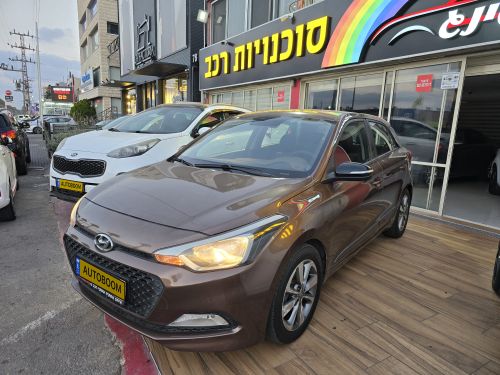
Hyundai i20, 2016
₪ 38 700

Hyundai i20, 2021
₪ 69 000

Hyundai i20, 2009
₪ 17 700

Hyundai i20, 2015
₪ 38 145
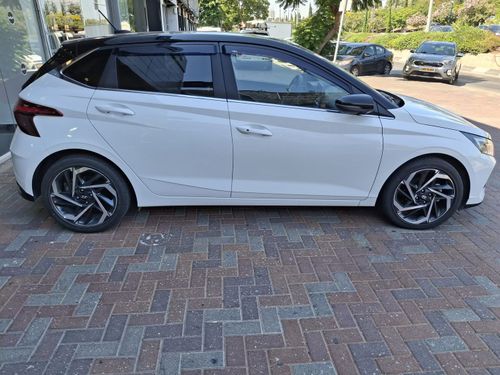
Hyundai i20, 2023
₪ 106 450
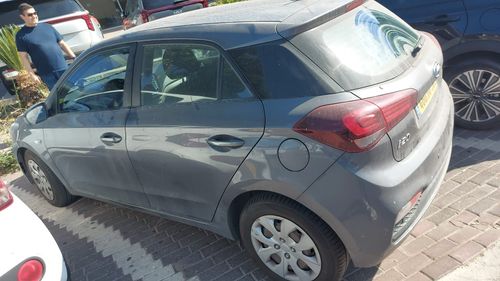
Hyundai i20, 2021
₪ 79 240
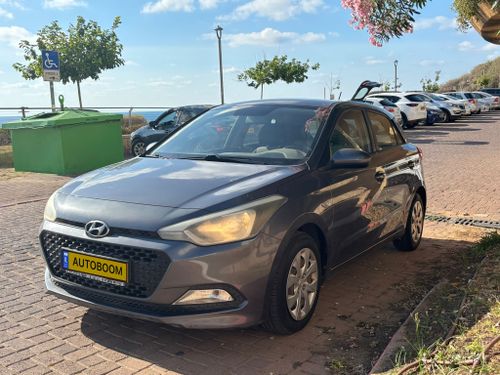
Hyundai i20, 2015
₪ 26 000

Hyundai i20, 2021
₪ 88 535
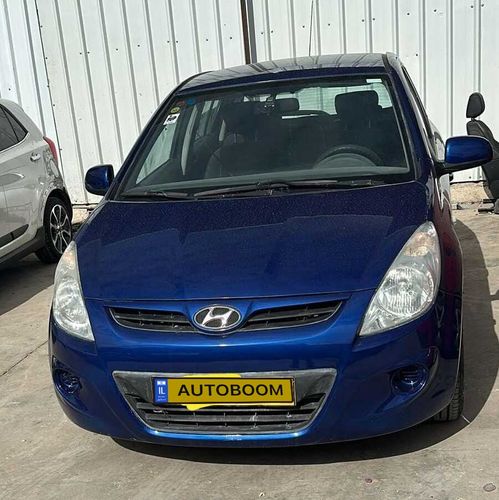
Hyundai i20, 2012
₪ 20 000
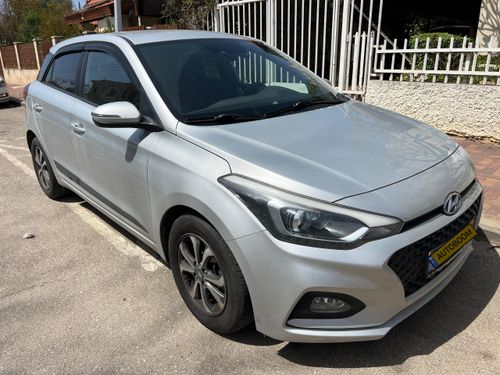
Hyundai i20, 2021
₪ 82 500

Hyundai i20, 2015
₪ 42 000
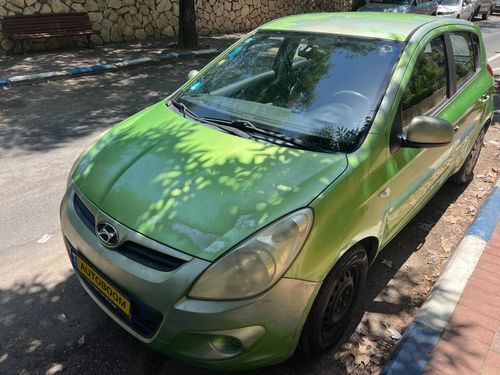
Hyundai i20, 2010
₪ 27 000
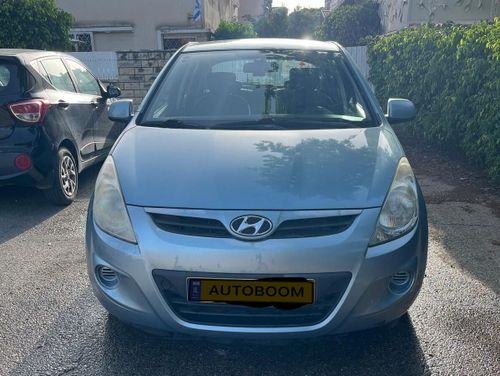
Hyundai i20, 2012
₪ 14 000

Hyundai i20, 2021
₪ 64 219
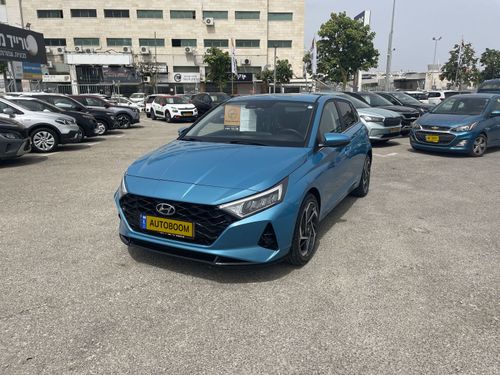
Hyundai i20, 2022
₪ 83 995

Hyundai i20, 2022
₪ 96 000
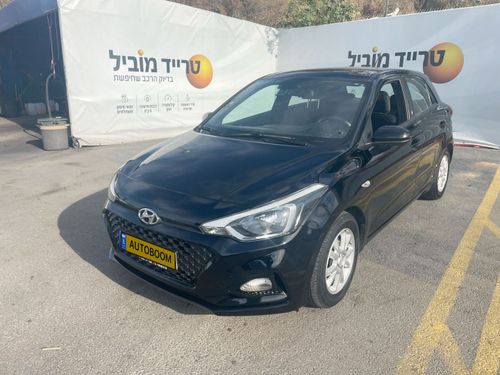
Hyundai i20, 2019
₪ 59 995

Hyundai i20, 2019
₪ 53 700

Hyundai i20, 2010
₪ 16 500
Compare similar cars Hyundai i20 N and Hyundai i20
Hyundai i20 N and Hyundai i20 are two popular cars, each with its own unique advantages and features. The choice between Hyundai i20 N and Hyundai i20 depends on the driver's needs and preferences.Hyundai i20 N and Hyundai i20 are two popular cars, each with its own unique advantages and features. The choice between Hyundai i20 N and Hyundai i20 depends on the driver's needs and preferences.



